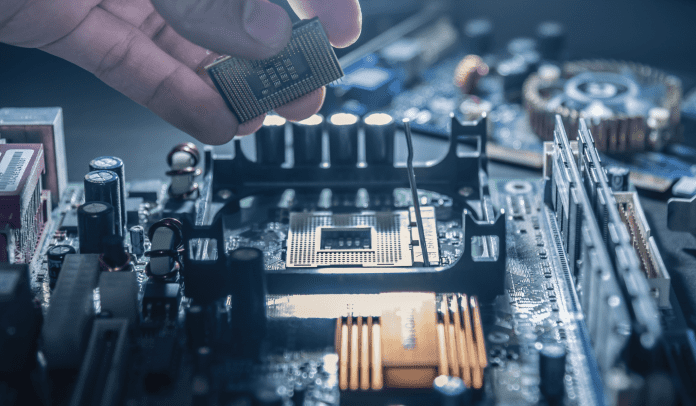Digital threads are implemented in the smart manufacturing space to improve production efficiencies
The digital thread is defined as a communication network that enables a connected flow of data as well as an integrated view of an asset’s data across its lifetime through various isolated functional perspectives, according to RGBSI, an U.S. firm with focus on workforce management, engineering, quality lifecycle management (QLM), and IT.
The digital thread is used to connect digital information through product design, manufacturing, and inspection process of making a product. RGBSI states that manufacturing experts can easily view in real time how products pass through the manufacturing process, make the right decisions, operating effectively, as well as maintaining the right quality of products with the implementation of digital threads.
According to Challenge Advisory, the aim of digital threads is to signify the digitization and traceability throughout a product’s lifespan. Digital threads link all of digital twins’ capabilities such as the designs, performance data, product data, supply chain data, and software going into creating the product.
“While proving to be useful in the creation and optimization of both physical and digital processes across the product value chain, digital twins and threads are being expanded into the digital market. If a vehicle has an accident due to the fault of the system such as unplanned acceleration, the digital thread through having traceability across the lifecycle of a vehicle, will be able to identify the issue. By having access to model-based systems and engineering capabilities, the vehicles original concepts can be investigated. Adopting the digital thread and going digital, engineers and manufacturing experts are able to experience great gains from the removal of paper processing,” Challenge Advisory said.
Digital threads enable a controlled analysis of data throughout a product’s lifecycle to be processed into valuable information
Smart manufacturing aims to optimize business and digital processes throughout the entire product value chain. Adopting a digital thread concept with a single framework strategy for manufacturing systems is ideal, as it will enable controlled analysis of data throughout a product’s lifecycle to be processed into valuable information.
“Digital threads can improve manufacturing in a multitude of ways. Product quality will be improved by preventing mistakes in engineering specification being manually translated across the product value chain. The cost of products will also be reduced through the use of cloud services. This allows manufacturers the ability to implement appropriate machinery, optimize the manufacturing process with a tight schedule, and provide measured solutions. The digital thread lets planners, designers, and machinists share results. Communication of changes in engineering will be increased, as will the efficiency of digitally capturing and the analysis of data related to product manufacturing,” according to Challenge Advisory.
Also, according to PTC, the implementation of digital threads in the smart manufacturing field generated a number of benefits including:
-Improve overall equipment effectiveness and production efficiencies
-Reduce asset downtime and changeover times
-Increase overall throughput and worker productivity
For more 5G manufacturing content, check out the following:
- What is 5G manufacturing and what does it mean for productivity?
- Top 5 5G manufacturing use cases
- Three 5G manufacturing case studies: Audi, Haier, Bosch
- What’s the role of a digital twin in smart manufacturing?
- 5G manufacturing use case spotlight: Automated guided vehicles
- 5G manufacturing use case spotlight: Real-time video analytic
- How to improve Overall Equipment Effectiveness with 5G
- 5G manufacturing use case spotlight: Additive manufacturing
- What is lean manufacturing and how can 5G help?
- Top 5 5G manufacturing use cases
- What’s the role of AI in 5G manufacturing?

